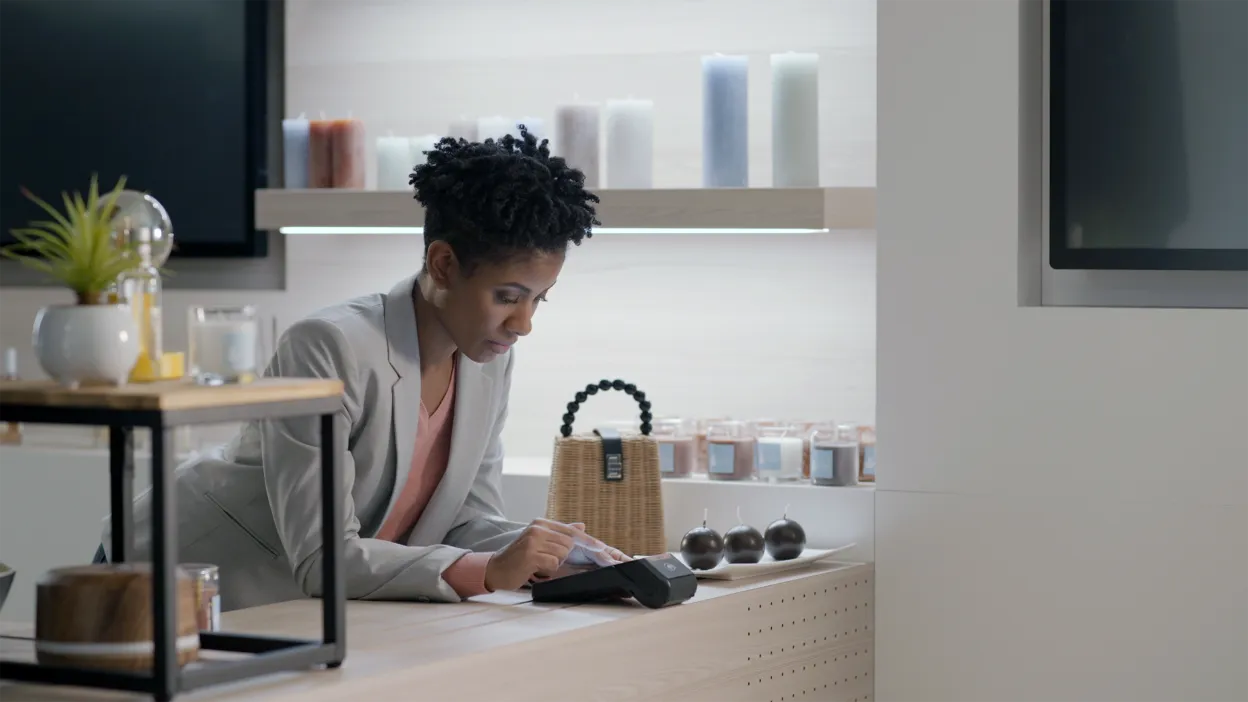Francisco Gil, Managing Director Ingenico Iberia & Africa Markets, explores the added value that Android technology brings to the retail sector. He sets out through various examples how Android can not only help to improve the customer experience, but also generate additional revenues in sales.
A new era for retail
The covid pandemic was a challenging time for the traditional retail sector and, as we all know, it brought about many changes in how shoppers buy and consume products. Today, we have moved on and we are now seeing a truly exciting and transformational time in retail. Consumer budgets, which are shrinking due to inflationary pressures, are driving a fierce race for discounts and good deals. At the same time, more and more omnichannel shoppers are expecting their online and in-store shopping experiences to be joined up. Last, but not least, merchants are looking for solutions to make their store management more profitable and efficient.
Merchants today must therefore be smarter. They need to provide customers with an enhanced in-store shopping experience, and they need to be cleverer in their marketing efforts and business management. In my view, the best way to achieve this is through:
- leveraging a smarter technology,
- bringing further digitalisation in-store,
- and utilising the data captured through this process.
Let me explain through a series of examples.
A smarter technology pushing the customer loyalty programme to the next level
Customer loyalty programmes have of course been around for years. We all have stacks of loyalty cards from various stores that, to be frank, we very rarely - if ever - use. So, the customer loyalty programme must become more sophisticated. The question is “How?”.
- QR codes as a way to communicate more efficiently
Today there is no need for a physical card anymore. As a customer, we can scan a QR code in store with our smartphone to access a discount or, vice versa, the cashier can scan a QR code on your smartphone to apply a member discount. In this way, points can be gathered and discounts applied whenever and wherever we shop. And, if not already a member, we can enrol in a new loyalty programme on a POS terminal directly.
- The loyalty programme, the privileged channel to communicate with customers
Let me share with you an example of a simple process that enables quite sophisticated marketing engagement with customers. It all starts with a simple app on an Android terminal. A customer buys a product and the operator recognises that they are not enrolled on the store loyalty programme. They ask the customer if they would like to sign up. For the merchant, the acquired mobile phone number or email address can then be used by the store to send information about promotions or the availability of products.
Bringing digitalisation in-store to offer an omnichannel customer experience
As is clear in the example above, many customers now anticipate that their in-store and online shopping worlds will be seamlessly linked. Will the payment terminal have a role in this? The answer is yes, for both merchants and consumers. Here is one example.
- A mobile assistant to help with the in-store experience
Actually, Android may bring the online world to the in-store experience. For example, a store assistant with a mobile Android POS can help a customer on the shop floor to find a product online (perhaps if the correct size is unavailable in-store) and to pay for it there and then. The mobile assistant helps to complete the in-store journey, seamlessly. No need for the customer to go online, and no need for them to go to the main cash desk; one Android POS device to support the customer experience end-to-end.
And this is just one example. Android, and its many applications that are now available, can improve the omnichannel experience even further, such as through digital gift cards, digital receipts and buy-now-pay-later. You can find out more in our Partner Solution Gallery.
Utilising a treasure trove of data for an efficient store management
An Android terminal is a source of many statistics all on one device. Having a lot of data is one thing, being able to extract meaningful insights is another. So, with all this additional data, what can the merchant do?
- Managing staff and stock
Well, it is useful for the store manager to understand what the most popular products or peak hours are. Knowing what time of day the cashiers are busiest can allow a merchant to predict when queues will start to form and plan staff schedules accordingly. And, if merchants know on which days specific products sell best, they can ensure that stock levels are managed appropriately. Much of this can now be done automatically via the help of Android applications.
- Saving time on reporting
Automated centralised reporting is also now possible, giving the merchant time back. For example, all stores and registers can be set up to email reports directly to an account.
Once again, there are numerous Android applications available that can help merchants to manage and make the most of their data.
This short video about Ingenico’s AXIUM DX8000 device helps to demonstrate some of the many functions that this Android payment terminal can offer.

This is only the beginning
I envision a true revolution in the retail sector as these new applications gain traction, with payment being the ultimate goal of the customer’s journey. There is so much more you can do with an Android payment terminal beyond what has been said here. Retail 2.0 is a reality. And Ingenico is committed to making this transition possible.
Watch this space for more to come.











